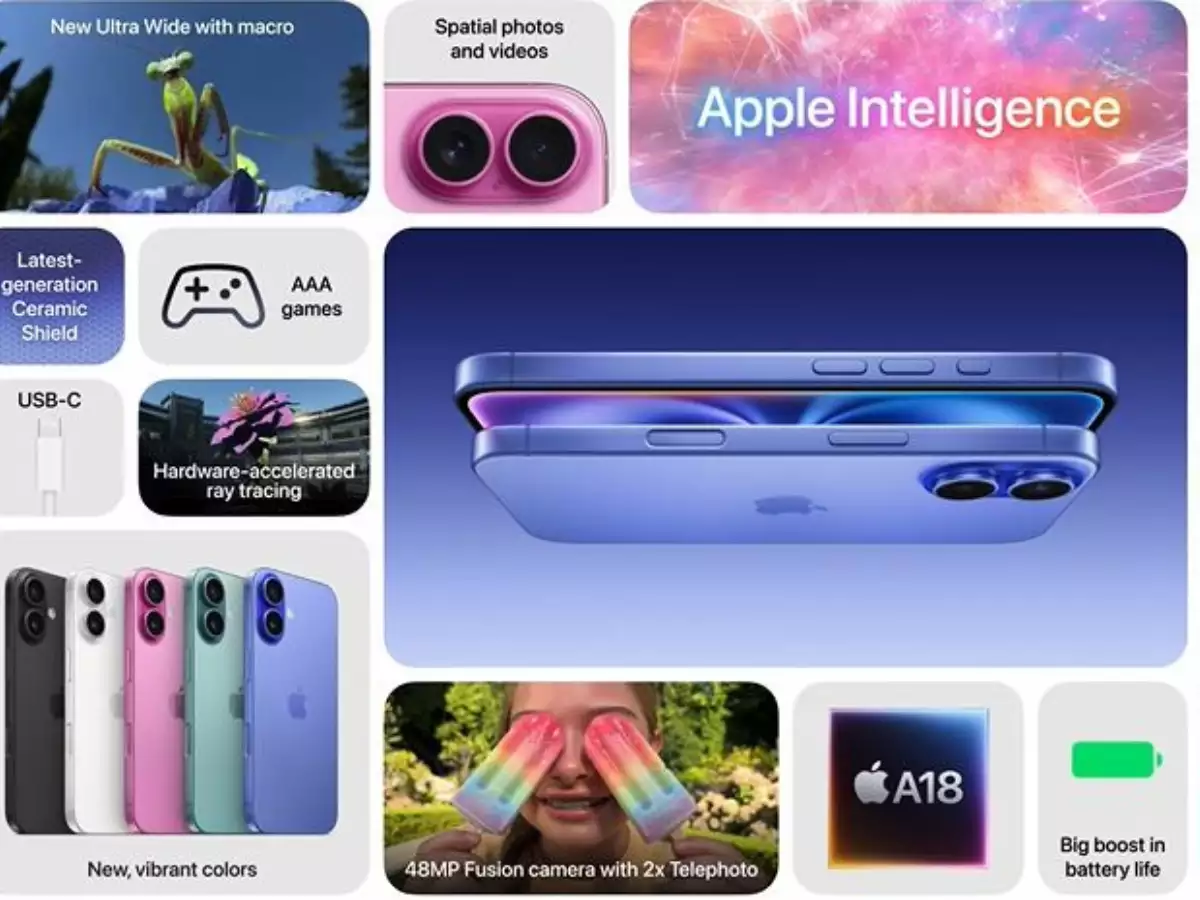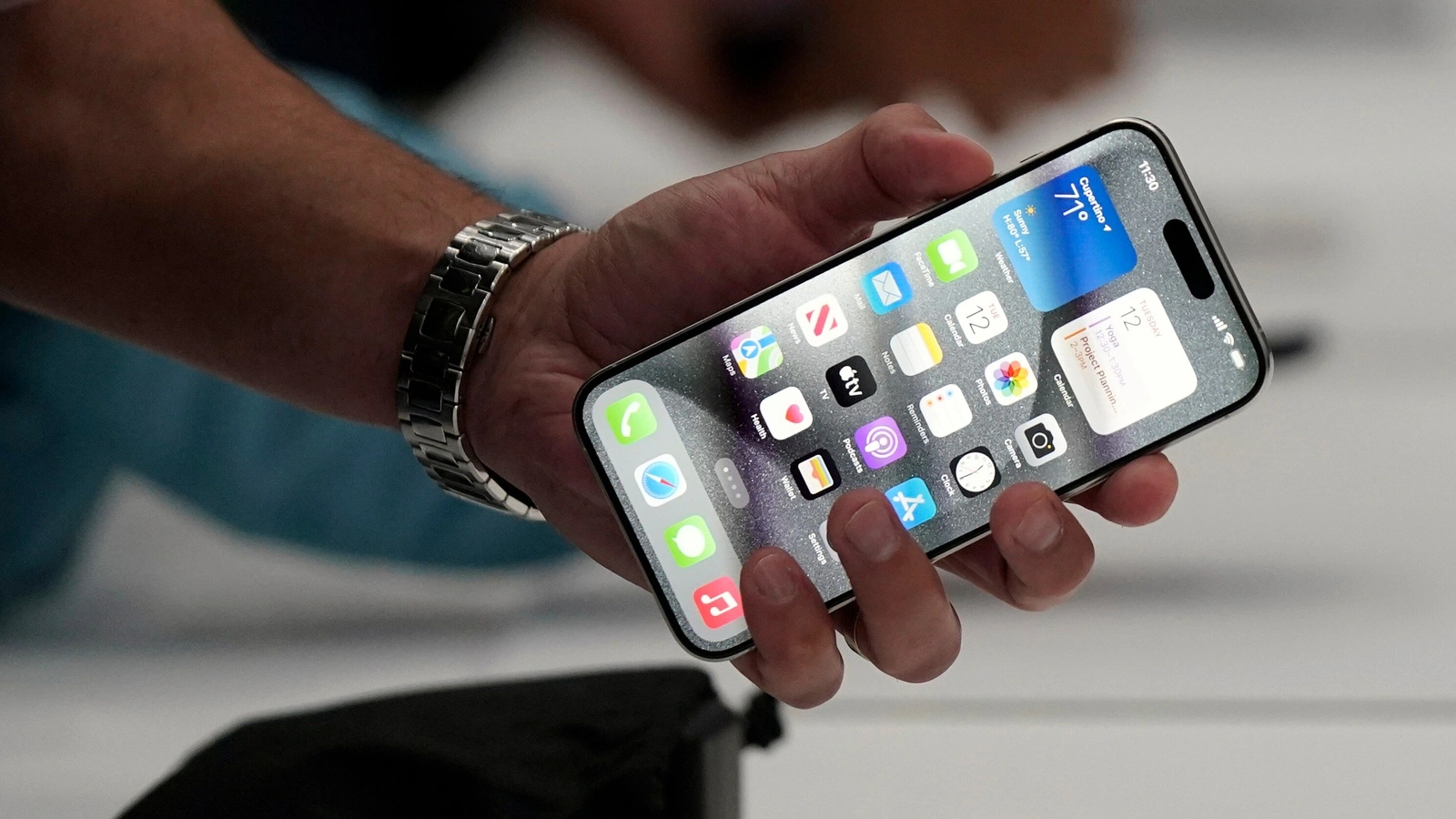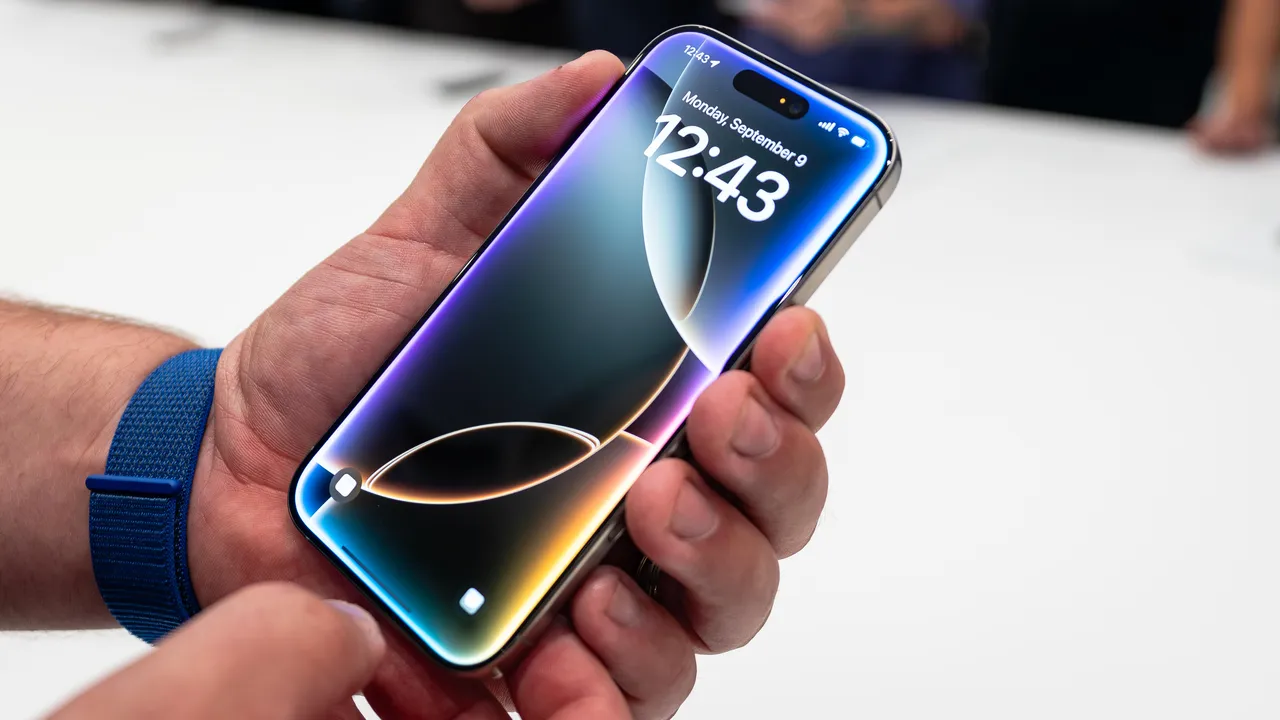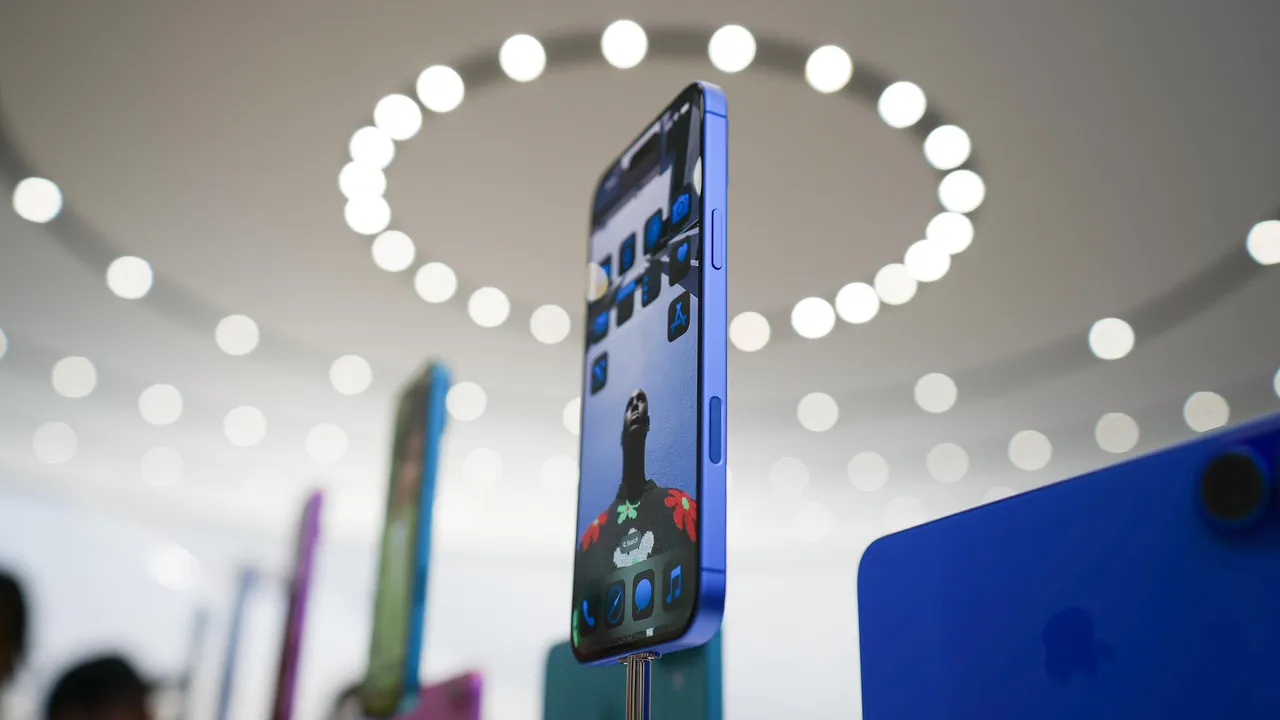In the world of technology, Apple Inc.’s product launches have always been grand events that captivate millions globally. The recent unveiling of the iPhone 16 is no exception. Though the new model showcases more of an evolutionary change rather than revolutionary, it’s the addition of significant health enhancements and a new AirPods feature that are creating waves. But what’s brewing on Apple’s horizon doesn’t stop there; the tech giant is gearing up for an even bigger revelation with its upcoming M4 Mac event.

Evolution Over Revolution: The Subtle Sophistication of iPhone 16
This year’s iPhone 16 launch was more about polishing the existing features than overhauling new ones. Apple seems to have taken a meticulous approach, fine-tuning the nuances that define user experience. For instance, the introduction of a Camera Control button appears to be a direct descendant of the iPhone 14 Pro’s Dynamic Island, aiming to blend hardware with software seamlessly. This button is anticipated to not only enhance photography but also encourage more media creation among users.
The upgrade to a dual 48-megapixel lens system and the enhancement in slow-motion video capabilities suggest that Apple is pushing users towards higher data usage, thereby subtly nudging them towards increased iCloud storage plans—clever, considering the potential boost to Apple’s service revenue.
Another noteworthy upgrade is the transition to the A18 chip in the iPhone 16 Pro models, marking a significant jump from the previous iterations. This improvement promises a 15% increase in CPU performance and a 20% boost in graphics, catering especially to users migrating from older iPhone models or different platforms.

The Showstopper: AirPods as Hearing Aids and Other Health Features
Amidst hardware tweaks, the real star of the show was the unveiling of new health-oriented features, particularly the transformation of AirPods Pro into an over-the-counter hearing aid. This feature, now FDA-approved, stands out not only for its innovation but also for its accessibility, with a price point dramatically lower than traditional hearing aids. This is a game changer, particularly in a market where such devices are seldom covered by insurance.
Further, Apple continues to innovate in health technology with new enhancements to the Apple Watch Series 10 and the introduction of sleep apnea detection—a feature that underscores Apple’s commitment to health and wellness, a legacy CEO Tim Cook is keen on cementing.

With the iPhone 16 now launched, Apple’s focus shifts to its next big venture—the M4 Macs. These new Macs, integrated with AI-focused chips, are set to revolutionize user interaction with Apple devices. Slated for unveiling in the coming weeks, these devices are expected to feature cutting-edge technology tailored to enhance performance and user engagement.
Moreover, the ongoing development of the new Apple Watch SE with a plastic shell indicates Apple’s strategy to adapt to market demands, potentially offering a more affordable yet robust alternative for younger users or those new to the smartwatch market.

While the iPhone 16 might not have sparked a “super cycle” of upgrades, its incremental enhancements and strategic focus on health technology showcase Apple’s adeptness at maintaining consumer interest and market dominance. As we look forward to the M4 Mac event and subsequent launches, it is clear that Apple is not just refining products but also redefining the landscape of consumer technology with a keen eye on health, accessibility, and integration.
In the grand tapestry of tech launches, Apple’s strategy of blending incremental hardware upgrades with significant software and health feature improvements might just be the thread that continues to weave its legacy into the fabric of technological innovation.


